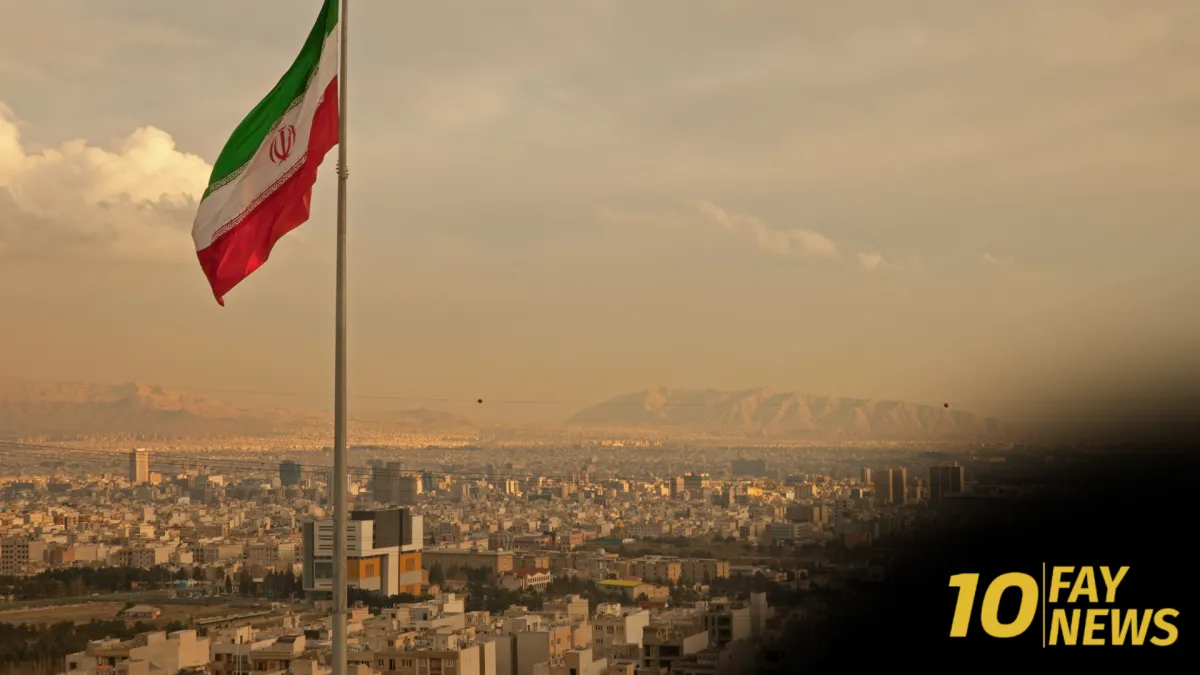News From Across North Carolina
The Latest

US Strikes Iranian Nuclear Sites, Escalating Tensions in Middle East
President Donald Trump announced Saturday evening that the United States has launched strikes on three key Iranian nuclear sites: Fordow, Isfahan, and Natanz. These facilities are considered central to Iran’s nuclear program, and the strikes mark a significant escalation in the ongoing regional tensions.
The President's declaration comes amidst heightened concerns over Iran's nuclear activities, with recent reports from the International Atomic Energy Agency (IAEA) indicating that Iran had been enriching uranium up to 60% purity at both Natanz and Fordow. While weapons-grade uranium is typically enriched to 90%, the 60% purity level is a short technical step away.
Here's a closer look at the targeted facilities:
Natanz: Iran's Largest Enrichment Facility Located approximately 250 kilometers (150 miles) south of Tehran, Natanz is considered Iran's largest uranium enrichment facility. Analysts believe it is crucial for the development and assembly of centrifuges, the technology vital for uranium enrichment. The site comprises six above-ground buildings and three underground structures, two of which are reportedly capable of holding 50,000 centrifuges, according to the Nuclear Threat Initiative (NTI). The IAEA had previously confirmed 60% enrichment at its above-ground Pilot Fuel Enrichment Plant.
Fordow: A Deeply Buried Enigma Much of what is known about Fordow, nestled deep within a group of mountains near the holy city of Qom, comes from Iranian documents reportedly stolen by Israeli intelligence. Its main halls are estimated to be 80 to 90 meters (262 to 295 feet) underground, a depth that independent reports and Israeli officials have suggested only the US possesses the capability to strike effectively with specialized munitions. Recent IAEA reports had also noted Iran's ramped-up production of 60% enriched uranium at Fordow, which experts and the IAEA state now contains 2,700 centrifuges.
Isfahan: A Hub of Nuclear Research In central Iran, Isfahan hosts the country’s largest nuclear research complex. Built with Chinese support and opened in 1984, the facility employs 3,000 scientists and is "suspected of being the center" of Iran's nuclear program, according to the NTI. It houses three small Chinese-supplied research reactors, along with a conversion facility, a fuel production plant, a zirconium cladding plant, and other laboratories.
The full extent of the damage to these sites and the immediate geopolitical ramifications remain to be seen. However, this direct US military action marks a critical juncture in the long-standing standoff over Iran's nuclear ambitions. Fay News 10 will continue to provide updates as this developing story unfolds.

© 2025 | Privacy Policy
2000 FORT BRAGG RD, Suite 4, Fayetteville NC 28303
(910) 882-0691

